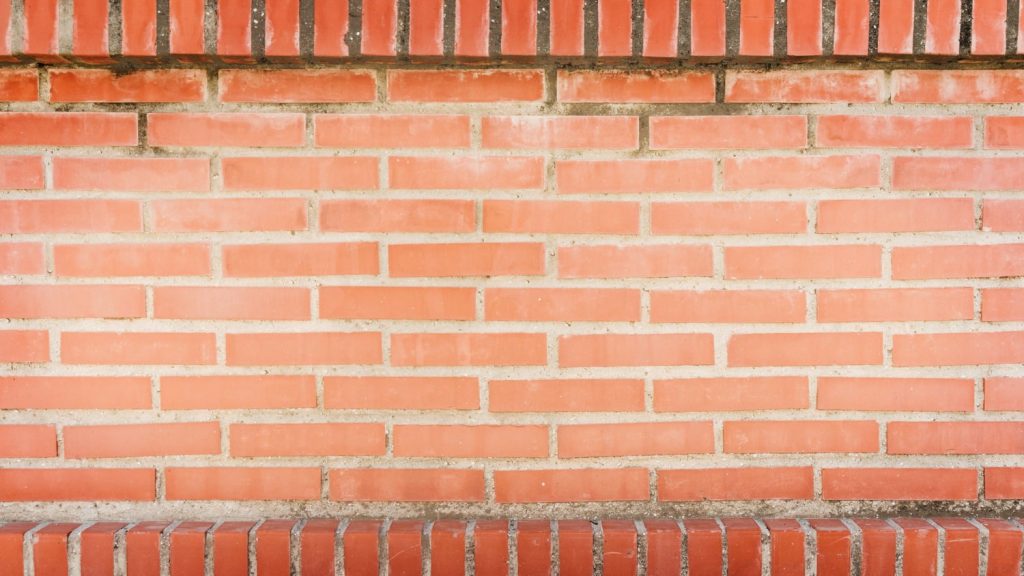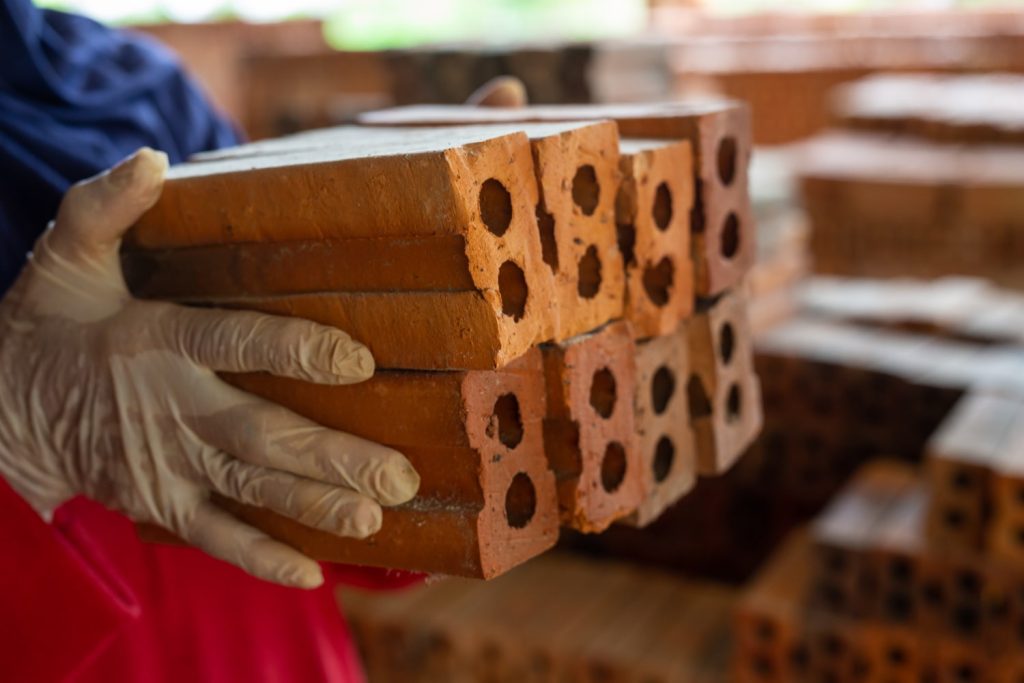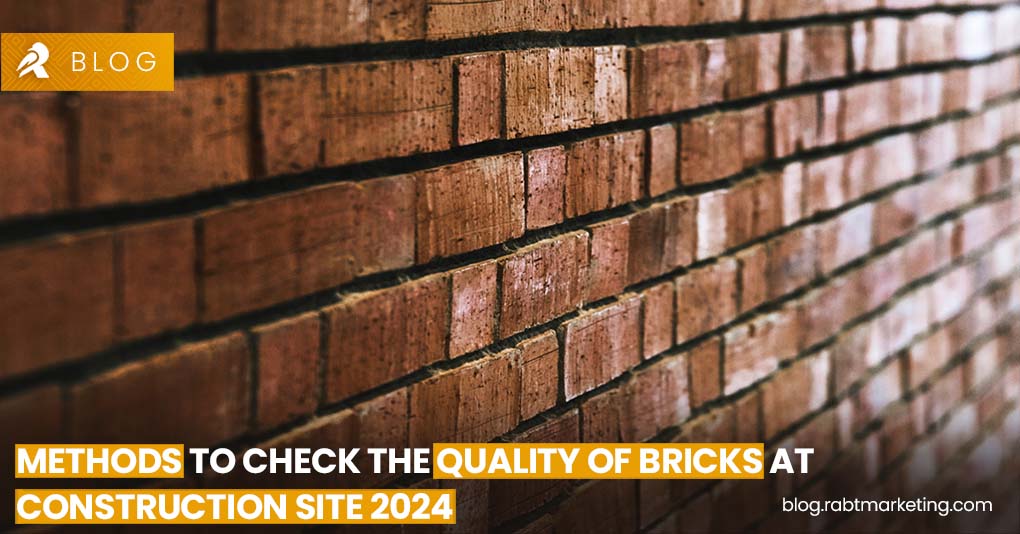Bricks, the simplest and most ancient building material that are used to create houses, buildings, and anything else. They are the fundamental building blocks of your house. They are known for their durability and strength, but it’s important to choose high-quality bricks to ensure the safety of your construction project. As a contractor, or a house owner, you have to ensure the quality of your bricks in the initial phase of the construction process. So here’s a little brick construction guide to checking bricks before you purchase them.
How are Bricks made?

Before discussing the quality checks, let’s understand how bricks are made. Bricks are made from either clay or shale, they are formed into the desired shapes and then are fired in a kiln at very high temperatures. During the firing process, the hardening of the clay gives the bricks their strength and durability. The bricks themselves are made from raw materials and fired, and the quality of these two factors will greatly affect the quality of the brick.
Selection of Bricks

Now, let’s get to the selection process! Some important things to look for when inspecting the bricks:.
1. Visual Inspection
The first step is a simple visual inspection. Check to see if the bricks are cracked or chipped, or even broken. These flaws weaken the brick and allow it to be more easily damaged by the weather or stress. Also, ensure the bricks have a uniform color throughout. Change in colors may mean improper firing or low quality clay.
2. Size and Shape
All the bricks have to be the same size and shape. And it throws off the whole building process because everything doesn’t fit together right and the whole building looks like crap. A good idea is to weigh some of the bricks out of the batch on a scale to make sure of the dimensions.
3. Weight
Pick up a few bricks and compare their weight. While there may be slight variations, bricks of similar size should feel relatively the same in weight. A significantly lighter brick might indicate improper firing or the use of low-quality materials.
4. Sound Test
Tap a brick gently with a hammer. A high-quality brick will produce a sharp, ringing sound. A hollow or dead sounding thud could mean that there are cracks or voids, or perhaps improper firing in the brick, which would weaken its integrity.
5. Scratch Test
Scratch the surface of the brick with your fingernail. That means that if the brick scratches easily, then it’s soft and not very good quality. A brick should be hard and not easy to scratch if it is of good quality.
6. Water Absorption Test
The water absorption test is a simple way to assess the porosity of the brick. Take a dry brick and put it in water for 24 hours, then weigh it again. The gain in weight is how much water the brick absorbed. A highly absorbent brick might allow moisture to penetrate the walls, leading to issues like dampness and efflorescence (formation of white crystals on the brick surface). Generally, bricks with a water absorption rate of less than 20% are considered good.
7. Crushing Strength
One of the most important factors in testing how well a brick will stand up under pressure is its crushing strength. Which is normally done in a lab. A good quality brick should have a crushing strength of at least 3.5 N/mm2 (Newton per square millimeter). If bricks having lower crushing strength are used, they may not support the weight of the structure and thus cause cracks or even worse failures.
Read More:- Top 10 Types of Stones Used in Building Construction
Conclusion
With these easy checkpoints you can be sure that you are using good brick for your building job. Choosing the right bricks will contribute to the strength, durability, and overall quality of your building. And don’t forget, bricks are an investment, not only in the stability and security of your structure, but also in the time it will remain standing. Bricks of Distinction, Building of Pride

